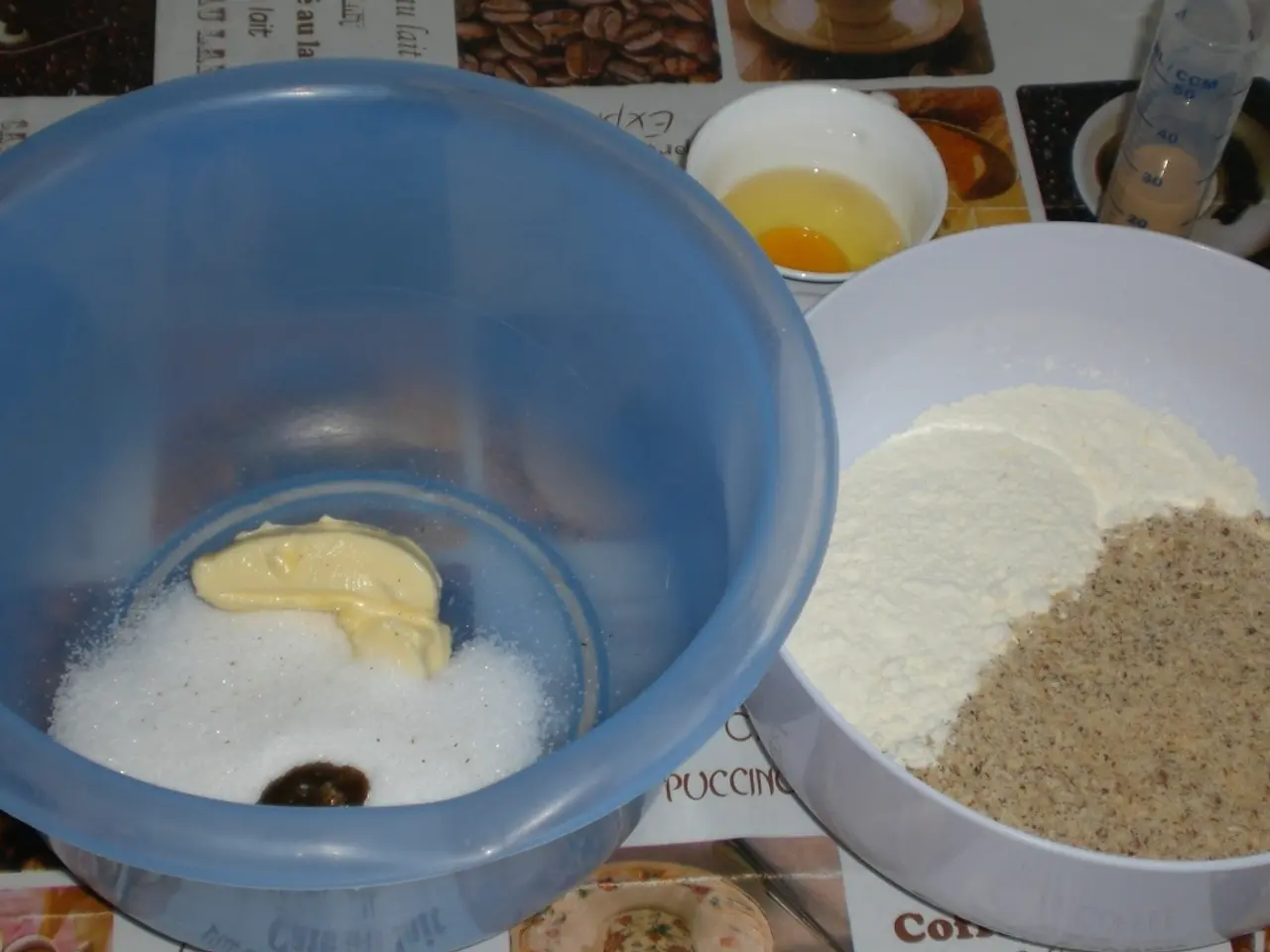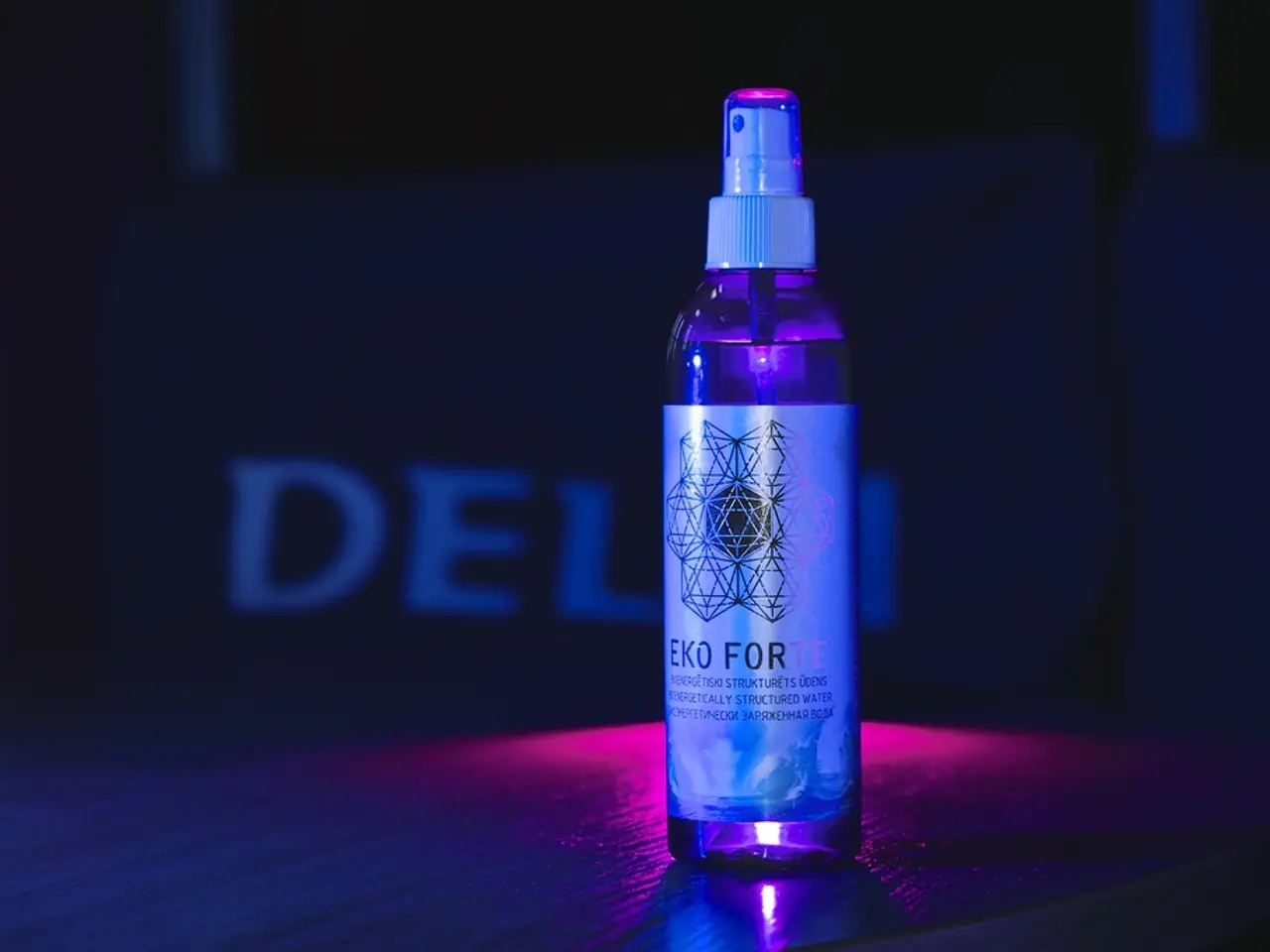Surgical reshaping of the nasal septum: understanding outcomes, potential hazards, and motivations behind the procedure
Septoplasty, a common ear, nose, and throat (ENT) procedure, is often performed to address issues such as a deviated septum, long-term sinusitis, or nasal blockages caused by various conditions. The surgery involves straightening bent cartilage and bone in the nasal septum, which is the structure that supports the nose and separates the right and left airways, dividing the two nostrils.
**Immediate Post-Op Care**
Most patients are discharged on the same day as the surgery. Rest is crucial in the first few days to facilitate healing. After surgery, people may feel drowsy, nauseous, and experience pain.
**Pain and Swelling Management**
Mild to moderate pain, swelling, congestion, and discomfort are common for the first 2–3 days. Pain is usually managed with over-the-counter or prescribed medications.
**Nasal Care**
Avoid blowing your nose for at least 10 days to prevent bleeding. Saline sprays or irrigation can help keep nasal passages moist and reduce congestion.
**Activity Restrictions**
Refrain from strenuous activities, heavy lifting, and any actions that increase pressure in the head (such as bending over or straining) for about 10 days. Exercise should be avoided during this period.
**Hydration**
Staying well-hydrated aids recovery and helps keep nasal secretions thin, which may reduce discomfort.
**Avoiding Irritants**
Avoid smoking and exposure to secondhand smoke, as well as alcohol, which can impair healing.
**Follow-Up**
Attend all scheduled follow-up appointments to monitor healing and address any complications promptly.
**Potential Risks and Complications**
- **Bleeding:** Mild bleeding is common in the first few hours after surgery but usually resolves quickly. Precautions are recommended to prevent further bleeding. - **Infection:** As with any surgical procedure, there is a risk of infection. Symptoms of infection should be reported to your doctor immediately. - **Swelling and Discomfort:** Swelling inside the nose and mild pain or discomfort can be expected, typically improving within a week. - **Nasal Shape Changes:** Rarely, septoplasty can lead to changes in the external shape of the nose or nasal function. - **Wound Healing Problems:** Issues such as poor wound healing or scarring may occur, though these are uncommon. - **Breathing Difficulties:** If nasal packing is used, breathing may be temporarily difficult until it is removed. - **Other Complications:** Adverse reactions to anesthesia, persistent pain, or recurrence of septal deviation are possible but rare.
Following your surgeon’s post-operative instructions is crucial for optimal recovery and to minimize risks. After surgery, people should be aware of changes in blood pressure or heart rate, fever, discoloration, or any other unusual symptoms. In rare cases, a packed red blood cell transfusion may be necessary after septoplasty in emergency situations.
During recovery, it is recommended to avoid blowing the nose, drinking alcohol, smoking tobacco, returning to work too soon, crowds, especially in areas with cigarette smoke and sick individuals, to ease recovery. Up to 75% of people experience improvement in their nasal blockage after surgery. Enlarged turbinates, which are long, curly, and narrow bone structures that extend into the breathing passageway of the nostrils and are an essential part of the immune system that fights disease, can also block parts of the nose. In some cases, enlarged turbinates may require surgery for treatment.
- Predictive Health-and-Wellness: The improved nasal flow from septoplasty may help manage many medical conditions, such as depression due to poor sleep caused by snoring or other nasal disorders.
- Science and Medicine: The healing process after septoplasty is carefully monitored during follow-up appointments to predict any potential complications, like wound healing problems or breath difficulties.
- Therapies-and-Treatments: To reduce the risk of bleeding and promote healing after septoplasty, patients must avoid alcohol and smoking, as well as activities that increase pressure in the head.
- AQ and Surgery: Post-operative care instructions, such as resting and hydrating, can have significant impacts on a patient's overall health and wellness, influencing the growth of AQ (Air Quality) in enclosed spaces by reducing the release of harmful vapors from bodily secretions.




